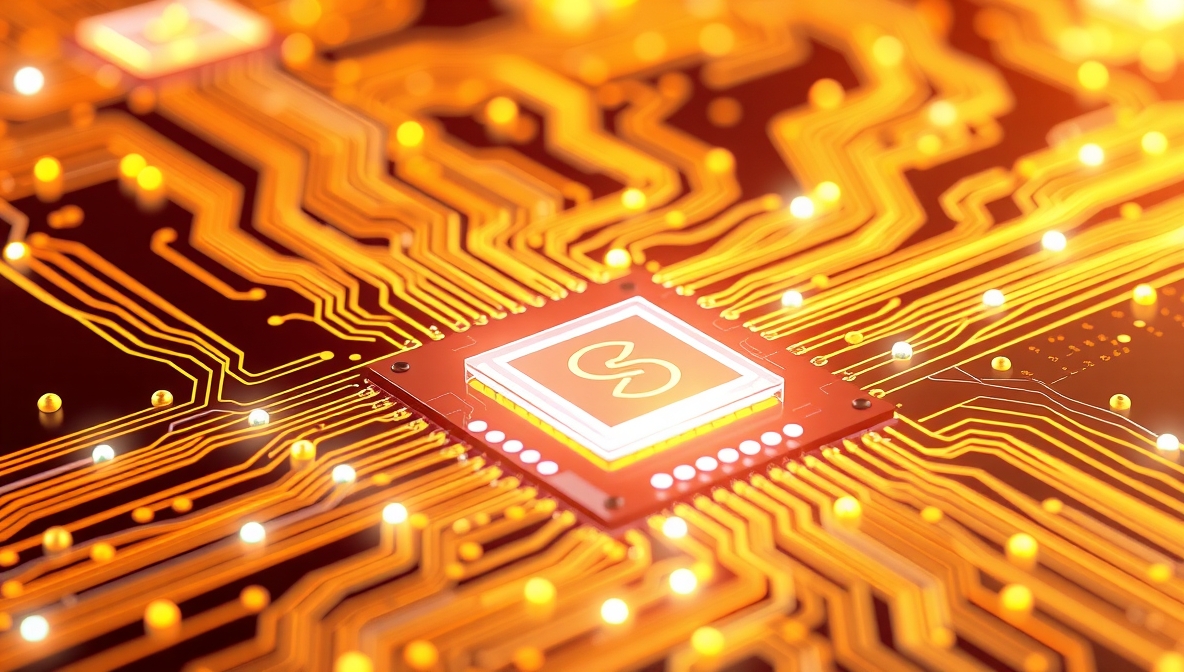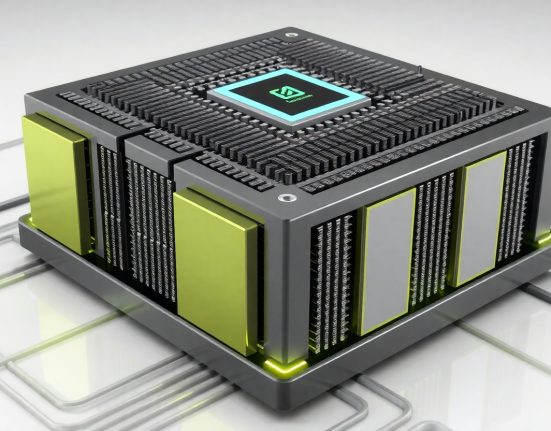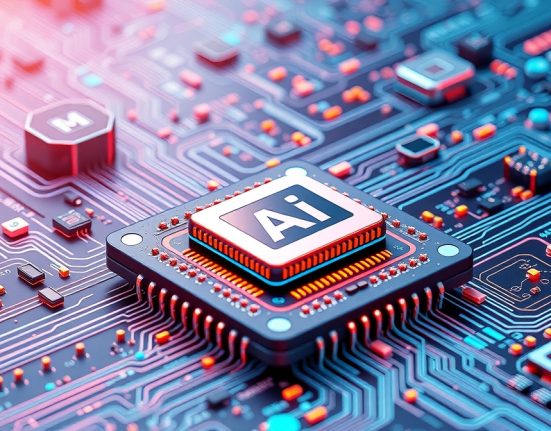The Light Revolution in Microelectronics
In an era where the demand for faster data processing and lower energy consumption continues to grow, Photonic Integrated Circuits (PICs) are emerging as one of the most promising technologies. This technology, which combines the advantages of light with those of traditional electronics, is poised to lead the next generation of computing.
What Are Photonic Integrated Circuits?
Photonic Integrated Circuits are circuits that integrate photonic (light-based) components with traditional electronic components on a single silicon chip. Unlike conventional electronic circuits that transmit information via electrons, photonic circuits transmit information using photons (particles of light).
The main advantage of using photons is the speed of information transfer and energy efficiency. Photons move at the speed of light, significantly faster than electrons in conductors, and lose less energy in the form of heat during movement.
Advantages of Photonic Integrated Circuits
Higher Processing Speed
Since information is transmitted at the speed of light, photonic circuits enable much faster data processing compared to traditional electronic circuits. This advantage is particularly significant in applications requiring real-time data processing, such as artificial intelligence, virtual reality, and optical communication.
Lower Energy Consumption
One of the most significant challenges in the computing industry today is the high energy consumption of data centers and high-performance computers. Photonic circuits consume less energy compared to electronic circuits with similar performance, making them particularly attractive from a sustainability perspective and operational cost savings.
High Integration Density
Advanced manufacturing technology allows the integration of thousands of photonic components on a single chip, enabling the creation of complex and powerful systems in a miniature size.
Reduced Heating
While electronic circuits emit considerable heat during operation, photonic circuits emit less heat, reducing the need for massive cooling systems and allowing increased component density on the chip.
Current and Future Applications
Optical Communication
Photonic circuits are already being used in optical communication infrastructures, enabling high-speed data transmission over long distances. They are a central component in high-speed internet networks and communication between data centers.
Quantum Computing
Quantum computing, one of the most promising fields in future computing, relies heavily on photonic technology. Photonic circuits are used to create and detect single photons, which are necessary for quantum computations.
Advanced Sensors
Photonic circuits enable the development of highly sensitive sensors capable of detecting minute changes in their environment. These applications are essential in the fields of medicine, environmental quality, and safety.
Neuromorphic Computing
Neuromorphic computing, which mimics the operation of the human brain, can be more efficient through the use of photonic circuits. Recent research shows that photonic artificial neural networks can perform faster and more energy-efficient computations compared to traditional electronic ones.
Challenges and Future Developments
Despite significant progress in the field of photonic integrated circuits, there are still many challenges. One of the central challenges is the full integration between photonic and electronic components. While the transition between photons and electrons requires energy conversion and leads to loss of efficiency, researchers are working on solutions to minimize this loss.
Another challenge is the miniaturization of photonic components. While electronic components have reached nanometric dimensions, photonic components are limited by the wavelength of light. However, advances in manufacturing technologies and new materials are allowing gradual overcoming of this limitation.
Looking Ahead
Research and development in the field of photonic integrated circuits continues at an accelerated pace, with leading technology companies and academic research groups investing significant resources in the field. The combination of photonic circuits with other innovative technologies, such as biomimetic materials and nanomaterials, may open entirely new possibilities in computing and communication.
As the technology advances, we are likely to see more and more products based on photonic circuits in our daily lives, from smart wearable devices to powerful computers that will change the way we process information and communicate with each other.
Summary Photonic Integrated Circuits represent one of the most promising technologies in computing and communication. The ability to combine the advantages of light and electricity offers unprecedented possibilities in terms of processing speed, energy efficiency, and integration density. While there are still challenges to solve, the rapid progress in the field promises an exciting future where photonics will play a central role in future computing technologies.














